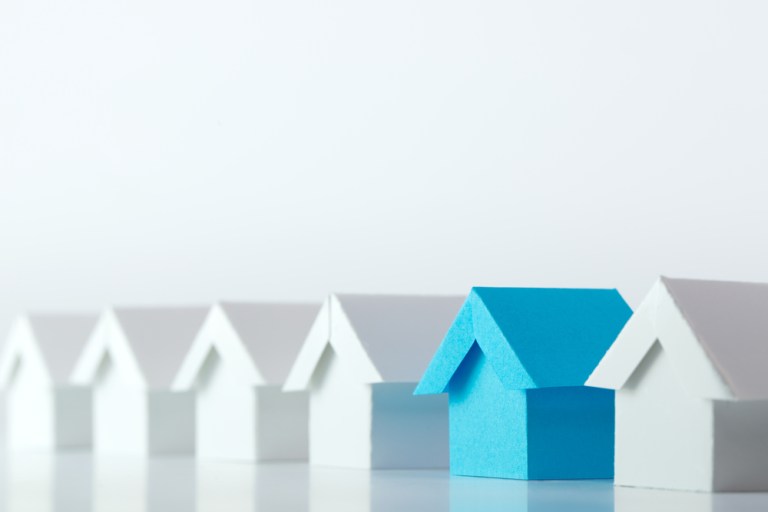
Signs indicate that U.S. buyers are feeling more optimistic about the housing market and the economy at large.
The latest data released by the U.S. Census Bureau indicates that, for the first time in a decade, more people became homeowners than renters, suggesting to some that the long trend of declining home ownership rates may be coming to an end.
In the first quarter of 2017, the Census Bureau logged the addition of some 854,000 new owner households. This number was more than double the 365,000 new renter households formed in the same period, the organization said.
As for what this suggests, Ralph McLaughlin, chief economist at Trulia, told The Wall Street Journal that this is the first time since the third quarter of 2006 that the number of new homeowners outgrew new renters.
Historically, the rate of home ownership peaked at just above 69 percent in the latter half of 2004. By the second quarter of 2016, however, home ownership rates had fallen to a 50-year low, bottoming out at 62.9 percent.
“The fact that many new owner-occupied households are forming is really our first sign that the home ownership rate is on the rise,” McLaughlin reportedly said.
While the home ownership rate still ticked down 10 basis points to 63.6 percent in the first quarter of 2017, according to U.S. Census data, economists are likely encouraged by the influx of new owners. If this growth lasts into future fiscal quarters, it’s likely that the U.S. economy will get a bit healthier along with it.
Analysis by the Rosen Consulting Group cited by WSJ indicated that, had the home-building industry maintained its long-term average operations, it would have added more than $300 billion to the U.S. economy in 2016.
Last year, total housing spend was reported to have made up some 15.6 percent of the U.S. GDP, well below the 60-year average input of nearly 19 percent.